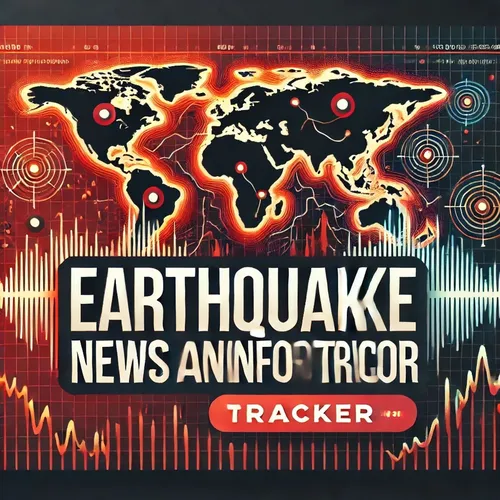Seismic Activity Across the US and Beyond: Insights and Ongoing Research
- Author
- Quiet. Please
- Published
- Wed 13 Aug 2025
- Episode Link
- https://www.spreaker.com/episode/seismic-activity-across-the-us-and-beyond-insights-and-ongoing-research--67360176
Over the past week, earthquake activity in the United States has been characterized mainly by small to moderate seismic events, with California among the most notable sites. On Wednesday, August fifth, a three point five magnitude earthquake was reported in California, according to United States Geological Survey data shared by iHeart's ninety five seven Big FM. There were no reports of major damage or injuries, as is typical for temblors of this size, but even minor quakes like this serve as reminders of the persistent seismic risk, especially in tectonically active states like California. Other recent earthquakes within the United States and neighboring regions include a two point six magnitude quake south of Whites City in New Mexico and a two point nine northeast of Point Possession, Alaska, both recorded in the past seven days by Saratoga Weather, drawing from United States Geological Survey data. These events are considered minor, yet they underscore the ongoing seismic activity along fault lines across the country.
Notably, while the United States has remained free of highly destructive earthquakes over the past week, there has been considerable discussion about the lasting impacts of historic events, particularly in Alaska. The University of Rhode Island recently highlighted ongoing research into Alaskan salt marshes, which were dramatically reshaped by the massive nine point two magnitude quake of nineteen sixty four, the most powerful in United States history. Scientists continue to study sediment layers in these marshes to better understand the region’s tectonic activity, flood protection potential, and carbon storage. According to the university, these landscapes are not only important for wildlife but also stand as living records of past seismic upheavals, lending insight into the dynamic interplay between earthquakes and ecosystem development.
In terms of international context, the past week did bring significant earthquake activity abroad. Volcanodiscovery reported that the world’s strongest recent earthquake struck near Kabupaten Sarmi in South Papua, Indonesia, registering a six point four magnitude. Additionally, several moderate quakes were logged in Russia’s far eastern Kamchatka Peninsula and off the coast near Severo-Kuril’sk. These events did not result in widespread casualties, but their size draws attention to persistent seismic risks in the circum-Pacific and other tectonic hot spots.
Looking at larger trends, Wikipedia’s catalog of twenty twenty five seismicity indicates that although the total number of worldwide earthquakes of magnitude six and above is currently somewhat lower than previous years, there has already been one eight point eight magnitude quake globally this year, highlighting that extreme seismic events, while rare, remain possible. In summary, the United States has experienced only minor recent earthquakes and continues to invest in research aimed at understanding and mitigating long-term risks. Worldwide, tectonic activity remains variable, with major quakes reminding experts of the constant need for preparedness and geological study.
Some great Deals https://amzn.to/49SJ3Qs
For more check out http://www.quietplease.ai
